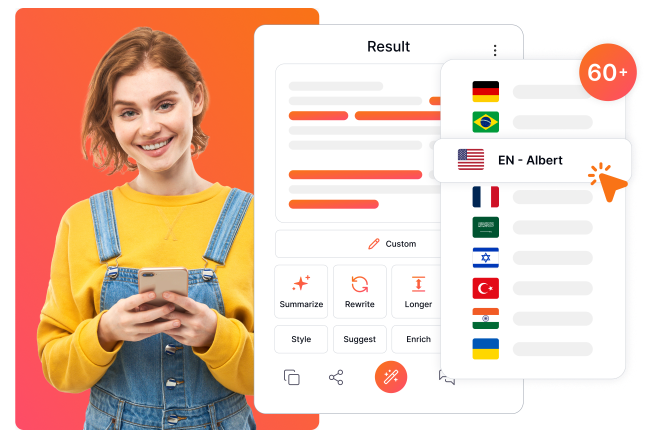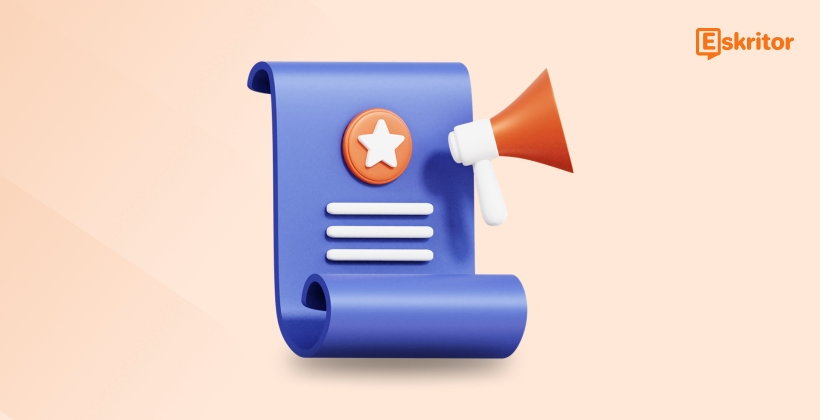The Future of AI Writing Technology Explained
The Future of AI Writing Technology Explained
Blog Article
The Future of AI Writing Technology Explained
Synthetic intelligence (AI) publishing technology has evolved quickly within the last decade, reshaping the way in which we develop and communicate with prepared content. From syntax correction instruments to AI-generated novels, the number of choices appear limitless. But wherever precisely is that technology heading? Let's examine the improvements, difficulties, and potential future of AI writer.

How AI Writing Technology Operates Nowadays
At their primary, AI writing technology depends on Normal Language Running (NLP) and machine learning. These systems help designs to understand, produce, and improve individual language. Instruments available today do well at tasks like:
1. Content Creation
AI has reached a point where it can produce complete blog articles, social media captions, and even media articles. Some types are capable of mimicking individual writing models therefore efficiently that distinguishing between AI- and human-written content is becoming significantly difficult.
2. Grammar and Design Recommendation
AI-powered publishing assistants don't only check for grammar and punctuation problems; in addition they give ideas to enhance tone, understanding, and sentence structure, creating complex writing available to a wide audience.
3. Belief Analysis
AI can evaluate the mental tone of an item, allowing corporations to determine how their communications can resonate with readers. This really is particularly of use in advertising and client interaction.
The Recent Styles in AI Publishing Engineering
A few styles are shaping another period of AI-powered writing resources:
• Personalization
AI writing engineering is significantly capable of tailoring content to specific preferences. Types may conform to a user's writing design, ensuring the productivity thinks authentic.
• Multilingual Features
Several AI tools are growing their world wide reach by giving enhanced translation characteristics and support for multiple languages.
• Increased Research Functions
AI instruments today possess the ability to analyze large amounts of information and present fact-checked, well-researched writing in moments, simplifying the method for professionals in industries like legislation, fund, and journalism.
What the Future Keeps for AI Publishing Engineering
1. Increased Creativity
While recent AI is adept at generating material, their imagination continues to be restricted to styles within their education data. Future AI isn't just estimated to assist but to generate unique, informative operates that challenge human imagination.
2. Easy Effort
Imagine an AI that performs along side you in real-time, performing your sentences, performing live edits, and actually brainstorming ideas. AI publishing resources might soon become co-authors, enabling imagination to flow uninterrupted.
3. Honest and Accessible Design
With rising issue about plagiarism, misinformation, and opinion, designers work toward more translucent AI instruction procedures and ethical implementation. Potential instruments will more than likely provide more detailed details and actions to ensure accountability.
Issues and Considerations
The progress of AI writing technology is not without hurdles, including:
• Moral Problems

Who owns material created by AI? How can we ensure AI-generated content is not spreading misinformation? These debates remain unresolved.
• Human-AI Stability
Will AI complement individual imagination or completely change specific tasks? Many authors and musicians bother about their relevance within an AI-driven world.
• Supply Divide
Not totally all organizations or regions have equivalent access to cutting-edge AI tools, raising issues about the impact with this technology on worldwide inequality.
Adjusting the Way We Create
AI publishing engineering continues to be in their infancy compared to their potential. Whether you are students designing documents, a content marketer targeting certain audiences, or perhaps a author seeking motivation, AI instruments may continue steadily to revolutionize the writing process. The next decade claims breakthroughs that mix individual ingenuity with unit intelligence, creating a potential where writing is better, accessible, and impactful than ever before.
Report this page